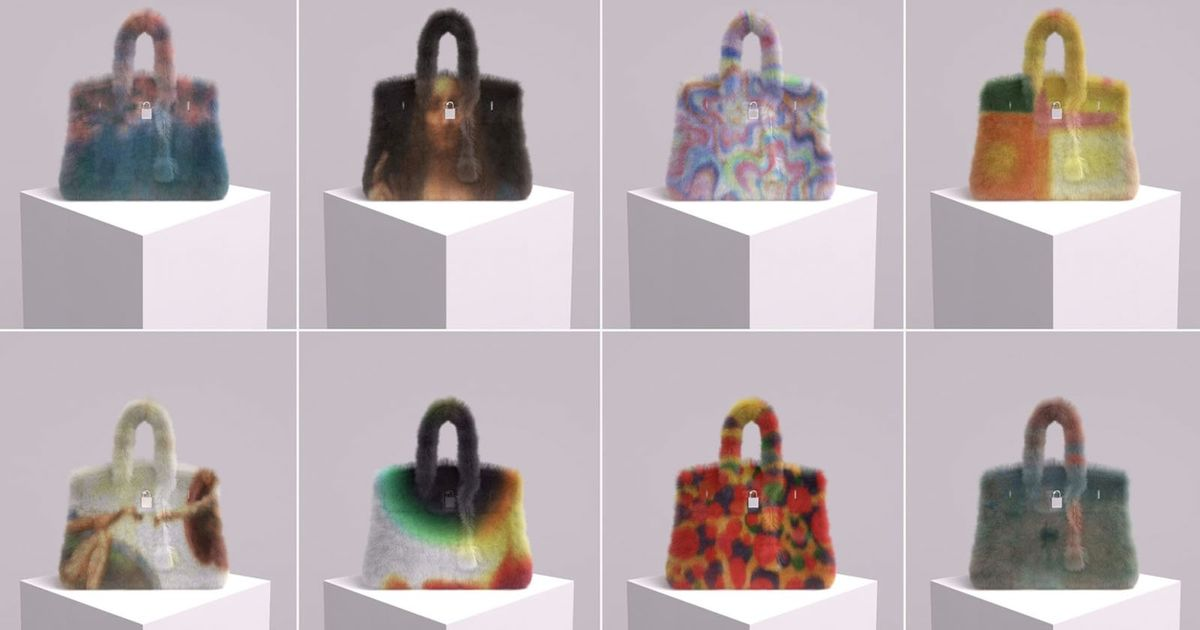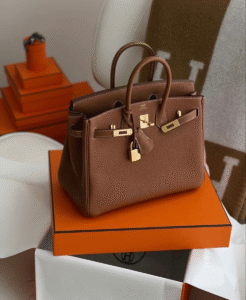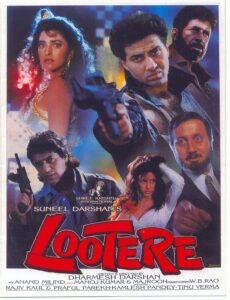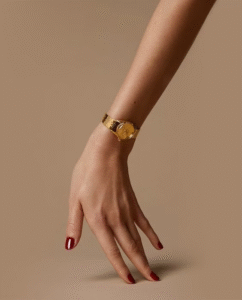In a turn of events that no one imagined, a 9-person Federal jury in New York City has declared Hermès as the victor in its fight against the “MetaBirkins” by creator Mason Rothschild.
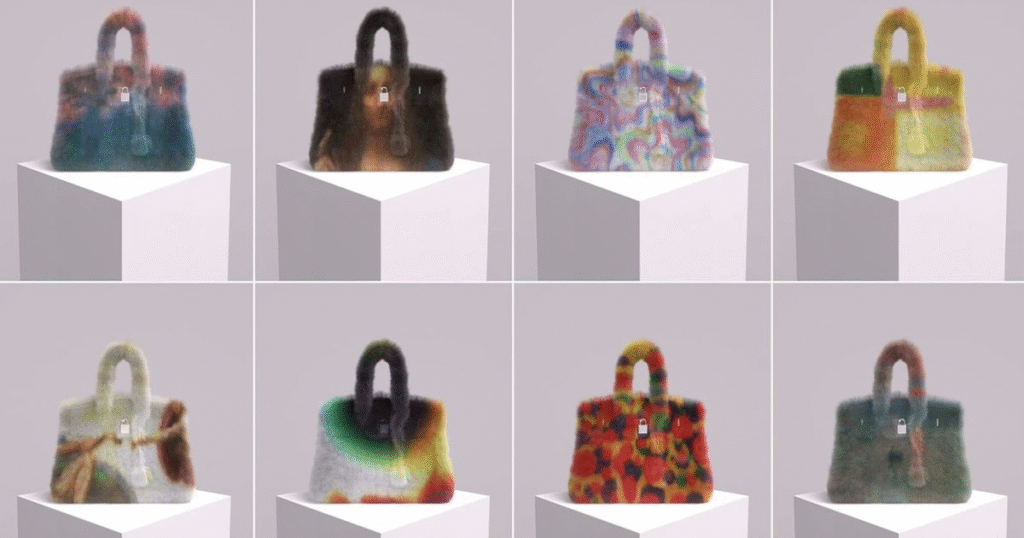
The fight began in January 2022 when Hermès filed a complaint against Mason Rothschild popularly referred to as Rothschild for “Common law Trademark infringement, false designation of origin, Trademark dilution, cybersquatting and injury to business reputation and dilution under New York general business law”.
This was followed by Rothschild’s Motion to Dismiss in February 2022. He claimed that Hermès Should not be allowed to make Trademark claims given its negative stance towards animal cruelty in its products.
A month later Hermès amended its complaint and “bulked it up by way of examples of alleged consumer confusion (including Instagram comments and media reports) as well as a background on NFT’s.”
Rothschild now pleaded “artistic relevance and his freedom of expression” under the “first amendment” to protect his right to continue using “MetaBirkins” as a name for his NFT creations in a motion for interlocutory appeal.
This initiated a chain of legal events, with both parties coming out to engage in a long and hard battle as the world watched on the edge of its seats.
However, after a year on 8 Feb 2023, the Jury declared its decision in the favour of luxury brand Hermès.
Hermès International, et al. v. Mason Rothschild, 1:22-cv-00384 (SDNY)
The two main issues which were raised in this case by Rothschild were dealt as follows:
- Whether the use of Hermès’s Trademark is artistically relevant and that the use of the trademark is explicitly misleading as to the source or content of the work ?

The Supreme Court discussed the case of Rogers versus Grimaldi (1989) decision. The case was important from the point of view of application of the Lanham Act on the relevance of artistic works and the balance between public interest and freedom of expression. The Court mentioned 2 tests in this case.
The first was the “no alternative avenues” test in order to determine the artistic relevance to the use of the trademark. The Court while discussing the facts of the case found that the defendant’s use of the “celebrity’s name” as the title was artistically relevant given the context of the movie and hence would not invite the application of the Lanham Act, however in some cases wherein the artistic relevance was met, however the use of the trademark was “explicitly misleading” a violation would be deemed to have had happened.
In this case the court laid out what is now known as the Roger’s test according to which the provisions of the Lanham act Are to be applied to artistic works “ only where the public interest in avoiding consumer confusion outweighs the public interest in free expression.”
Accordingly, for the application of the Roger’s test two rules are to be considered i.e. “titles which are artistically relevant to an underlying work but are explicitly misleading violate the Lanham Act and; that titles which are artistically relevant but ambiguous or only implicitly misleading do not violate the Lanham Act.”
The Court in the Hermès case held Rothschild use of the Hermès trademark to have failed to fulfil the requirement of artistic relevance. Furthermore, the court deemed the issue to be a factual allegation and therefore, not suitable for an interlocutory appeal as filed by Rothschild.
It is important to note the Court’s observation wherein it emphasised that if proved that the defendant’s work was “explicitly misleading” the artistic relevance would hold no value.
- Whether the scope of the Lanham Act is restricted to the use of trademarks in the sale of tangible goods, to the exclusion of intangible goods ?
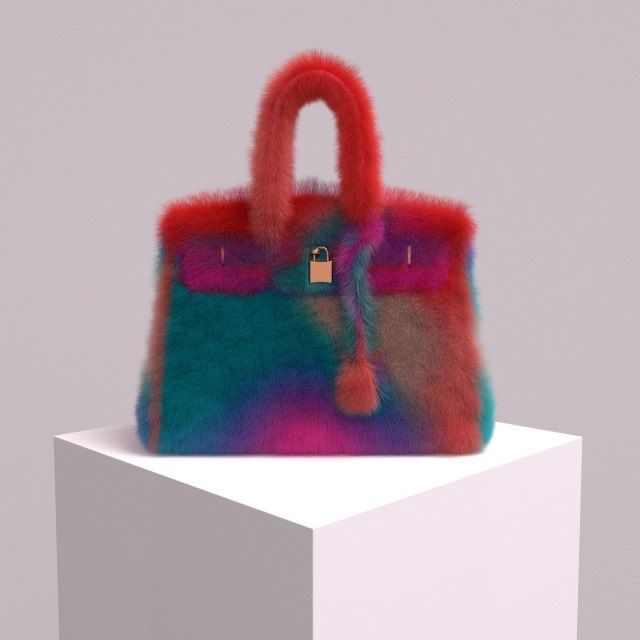
The Court held that the amended complaint by Hermès as well as the application of Polaroid factors (i.e. when title of the defendant’s work directly infringes the trademark of another work) provided clearly that Rothschild’s use of the term “MetaBirkins” was indeed explicitly misleading.
Another case relied on by the Court in this judgement was the case of Dastar Corp. versus Twentieth Century Fox Film Corp. (2003).
While the facts of this case are completely different, the court observed that the similarity in the two scenarios was the claim of customer confusion and not tangibility or copyright of the goods as was argued by Rothschild.
Since consumer confusion is an essential feature for the application of Lanham Act, which had been sufficiently proved, Lanham Act would be rightfully applicable in Hermès versus Rothschild case as well.
The Court thereafter, dismissed Rothschild motion for interlocutory appeal declaring Hermès as the victor in this trademark battle and awarding the brand damages of $133,000 for the same.

